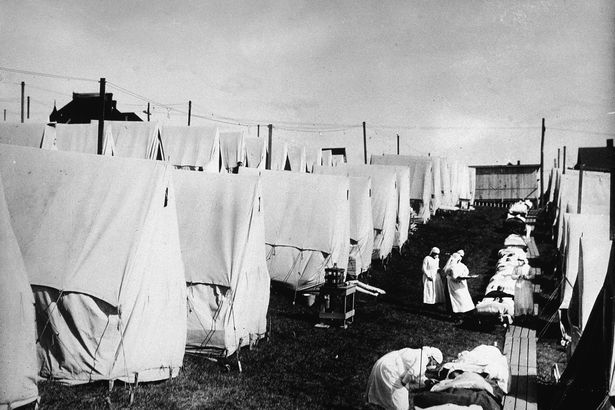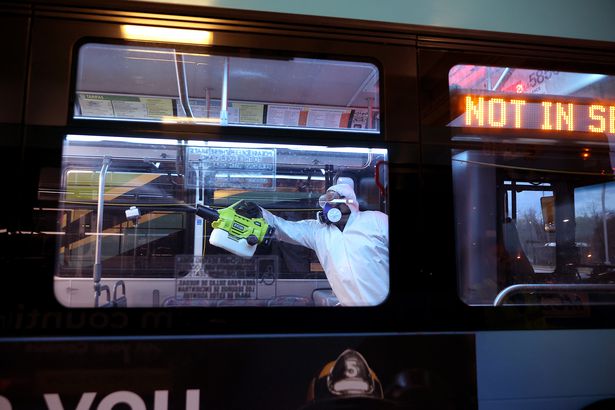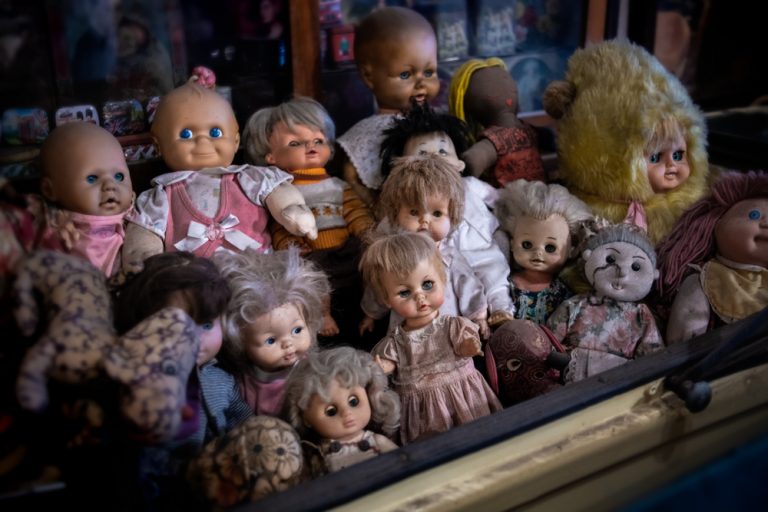
“Those who forget the past are doomed to repeat it.”
With every start of a new decade, people start reflecting on the past and gearing up for the future. Now that we’ve transitioned into the 2020s, we are looking forward to its breakthroughs and discoveries from transportation to artificial intelligence or investments. But with many people calling the 2020s the new Roaring 20s, it’s also interesting to look back on the decade of the 1920s and see if history found a way to repeat itself 100 later.

1920s: The Spanish Flu
After the first version of the virus hit the American military personnel in the spring of 1918, in fall, the same year, a mutated version spread all over the world and quickly became the most severe pandemic in recent history. One of the main features of the Spanish Flu was the high mortality among healthy people, including those aged 20 to 40.
The pandemic ended up infecting one-third of the world’s population, taking the lives of nearly 50 million people worldwide, of which 675,000 were U.S. citizens. According to current CDC reports, “… no coordinated pandemic plans existed in 1918. Some cities managed to implement community mitigation measures, such as closing schools, banning public gatherings, and issuing isolation or quarantine orders, but the federal government had no centralized role in helping to plan or initiate these interventions during the 1918 pandemic.” The 1918 flu pandemic ended at the beginning of 1920, not without leaving terrible scars and repercussions.

2020: Coronavirus
Fast-forward to 2020, and it seems that we are reminded of how history repeats itself; the world is once again fighting a pandemic that put our entire lives on hold. The first cases of infection with the novel coronavirus were reported in December 2019, in Wuhan, a city in China. The outbreak quickly expanded to every corner of the globe, aggressively infecting hundreds of thousands of people and killing thousands others.
In a recent New York Times article, it is said that “between 160 million and 214 million people in the United States could be infected over the course of the epidemic.” and an estimated U.S. death toll between 200,000 to 1.7 million people. The Coronavirus pandemic is expected to become the worst pandemic since the Spanish Flu, especially after global cases hit 1 million on April 2nd, 2020.
Luckily, we’re much better prepared now than we were 100 years ago and through science and technology, researchers have been making significant medical advances since the Spanish Flu. Everyone’s involved in stopping the spread of the virus, from researchers who are working relentlessly to find a vaccine to the general population who is much more informed and doing their best to adopt crucial measures such as social distancing and self-isolation.


























1 thought on “1920 vs. 2020: What’s Changed and What Hasn’t in 100 Years”
It amazes me that some people think it is a hokes . They refuse to ware masks in public. I don’t like it but I have enough respect for all people to not possibly endanger others.